Soapstone Questions
yoyoma
15 years ago
Featured Answer
Sort by:Oldest
Comments (40)
Babka NorCal 9b
15 years agolast modified: 9 years agoRelated Professionals
Ballenger Creek Kitchen & Bathroom Designers · Hershey Kitchen & Bathroom Designers · Lafayette Kitchen & Bathroom Designers · Montrose Kitchen & Bathroom Designers · Pike Creek Valley Kitchen & Bathroom Designers · Southbridge Kitchen & Bathroom Designers · Albuquerque Kitchen & Bathroom Remodelers · Glendale Kitchen & Bathroom Remodelers · Rancho Cordova Kitchen & Bathroom Remodelers · Shawnee Kitchen & Bathroom Remodelers · Warren Kitchen & Bathroom Remodelers · Wilmington Kitchen & Bathroom Remodelers · Glendale Heights Cabinets & Cabinetry · Jeffersontown Cabinets & Cabinetry · Hermosa Beach Tile and Stone Contractorslive_wire_oak
15 years agolast modified: 9 years agoyoyoma
15 years agolast modified: 9 years agovizslalover
15 years agolast modified: 9 years agomarthavila
15 years agolast modified: 9 years agoyoyoma
15 years agolast modified: 9 years agovizslalover
15 years agolast modified: 9 years agoimrainey
15 years agolast modified: 9 years agokevinb_flyguy
15 years agolast modified: 9 years agoyoyoma
15 years agolast modified: 9 years agoyoyoma
15 years agolast modified: 9 years agostaticfritz
15 years agolast modified: 9 years agoyoyoma
15 years agolast modified: 9 years agoyoyoma
15 years agolast modified: 9 years agokaseki
15 years agolast modified: 9 years agopamela928
15 years agolast modified: 9 years agoJefferson Street Designs
15 years agolast modified: 9 years agostaticfritz
15 years agolast modified: 9 years agobayareafrancy
15 years agolast modified: 9 years agopamela928
15 years agolast modified: 9 years agoBabka NorCal 9b
15 years agolast modified: 9 years agopamela928
15 years agolast modified: 9 years agopamela928
15 years agolast modified: 9 years agodebsan
15 years agolast modified: 9 years agologic
15 years agolast modified: 9 years agobayareafrancy
15 years agolast modified: 9 years agostaticfritz
15 years agolast modified: 9 years agologic
15 years agolast modified: 9 years agodonna214
15 years agolast modified: 9 years agobettycbowen
15 years agolast modified: 9 years agovihuelera_cox_net
15 years agolast modified: 9 years agologic
15 years agolast modified: 9 years agodonna214
15 years agolast modified: 9 years agorogerteixeira
15 years agolast modified: 9 years agoflorida_joshua
15 years agolast modified: 9 years agorogerteixeira
15 years agolast modified: 9 years agosouthern_2008
15 years agolast modified: 9 years agosouthern_2008
15 years agolast modified: 9 years agolightlystarched
15 years agolast modified: 9 years ago
Related Stories

REMODELING GUIDES9 Hard Questions to Ask When Shopping for Stone
Learn all about stone sizes, cracks, color issues and more so problems don't chip away at your design happiness later
Full Story
GREEN DECORATING8 Questions to Help You See Through Green Hype
With the ecofriendly bandwagon picking up some dubious passengers, here's how to tell truly green products and services from the imposters
Full Story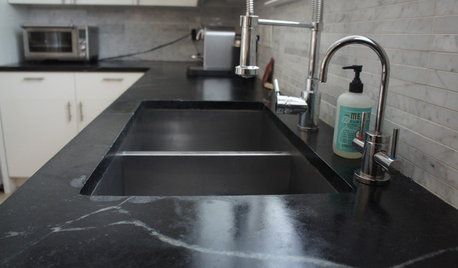
KITCHEN DESIGNSoapstone Counters: A Love Story
Love means accepting — maybe even celebrating — imperfections. See if soapstone’s assets and imperfections will work for you
Full Story
KITCHEN COUNTERTOPS10 Top Backsplashes to Pair With Soapstone Countertops
Simplify your decision-making process by checking out how these styles work with soapstone
Full Story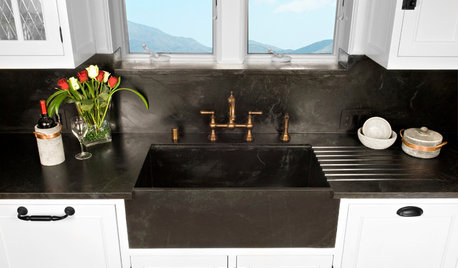
KITCHEN DESIGNKitchen Sinks: Soapstone for Germ-Free Beauty and Durability
Stains and bacteria? Not on soapstone's watch. But this sink material's benefits don't come cheap.
Full Story
KITCHEN DESIGNKitchen Counters: Durable, Easy-Clean Soapstone
Give bacteria the boot and say sayonara to stains with this long-lasting material that's a great choice for kitchen and bath countertops
Full Story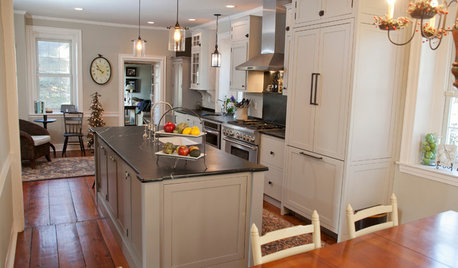
KITCHEN DESIGNNew and Old Mix It Up in a Historic Farmhouse Kitchen
A couple rethink the kitchen in their Pennsylvania farmhouse to restore authenticity while also creating a space for modern living
Full Story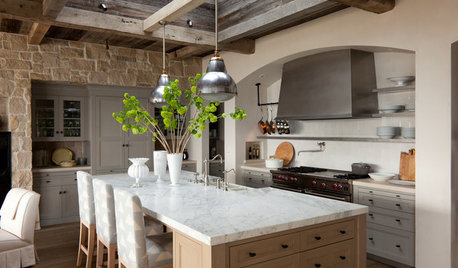
KITCHEN DESIGNHouzz Quiz: What Kitchen Countertop Is Right For You?
The options for kitchen countertops can seem endless. Take our quiz to help you narrow down your selection
Full Story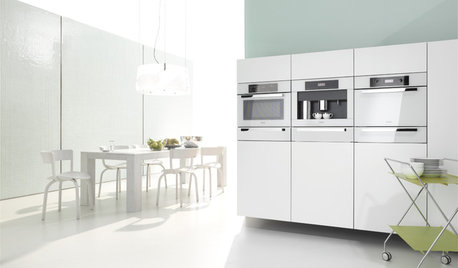
KITCHEN DESIGNWhite Appliances Find the Limelight
White is becoming a clear star across a broad range of kitchen styles and with all manner of appliances
Full Story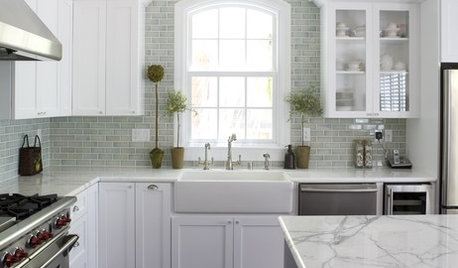
INSIDE HOUZZA New Houzz Survey Reveals What You Really Want in Your Kitchen
Discover what Houzzers are planning for their new kitchens and which features are falling off the design radar
Full Story





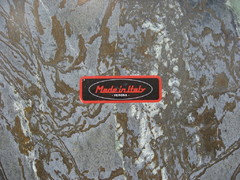
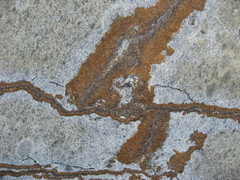
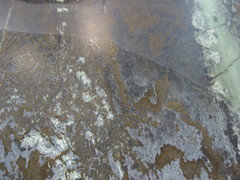


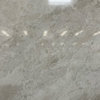

yoyomaOriginal Author